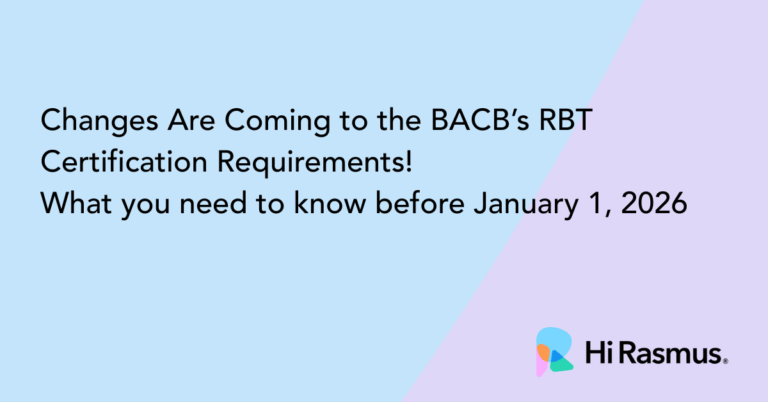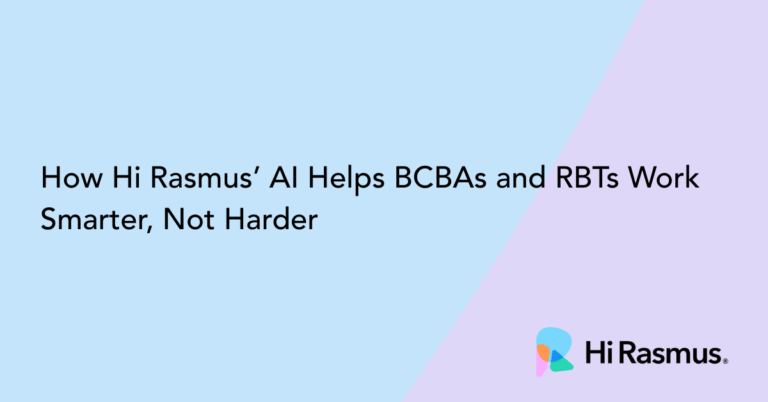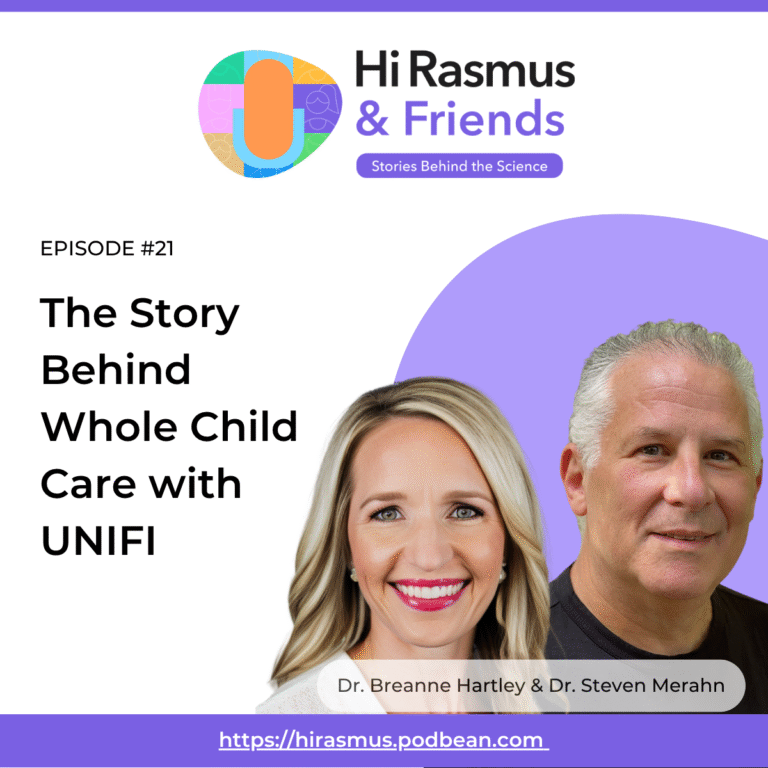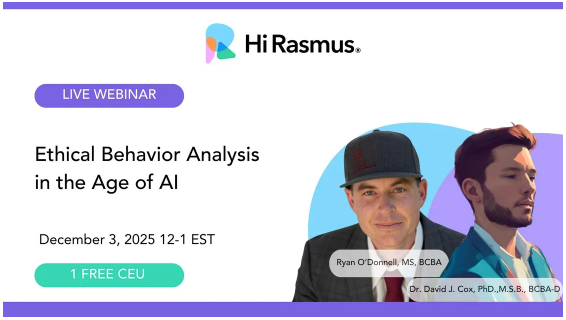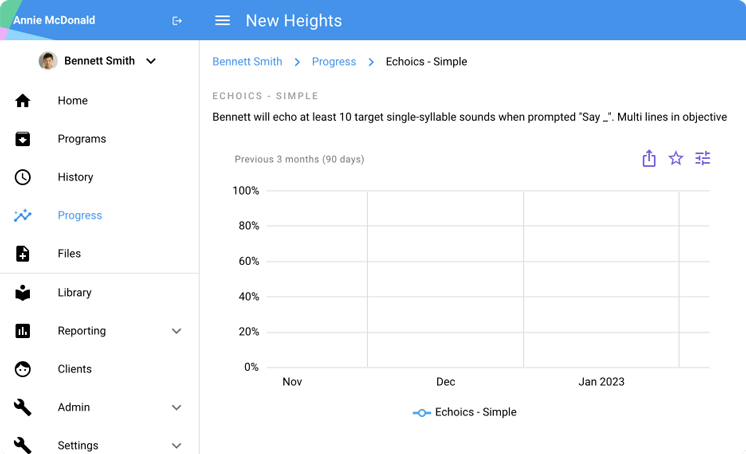Smarter Systems Drive Stronger Outcomes
Ensuring clinical excellence and operational efficiency in ABA can feel like navigating a maze of metrics, expectations, and administrative demands. At Hi Rasmus, we believe the answer lies in smarter systems, strategic data, and a shared mission.
At the recent CASP conference, we explored how technology—when purposefully applied—can elevate the way behavioral health organizations understand and report on outcomes. Here’s a quick walkthrough of the key insights from that session.
Technology as a Catalyst for Clinical Excellence
Healthcare organizations that adopt business intelligence technology experience measurable improvements:
📈 32% increase in productivity
⏱️ 26% decrease in time spent analyzing data
💡 90% report a positive ROI (Salesforce, 2024)
When applied to ABA, these benefits can drive access, impact, and quality—especially when outcomes are aligned with clinical standards like those outlined in Chapter 11 of CASP’s Organizational Guidelines.
The Hi Rasmus Approach: Align, Measure, Improve
Our mission is to help organizations expand access to care, ensure clinical excellence, and achieve measurable, meaningful outcomes. But how do we quantify that mission?
Enter the HiQ Framework.
Introducing the HiQ Framework
HiQ is a structured, value-based framework that captures and organizes outcomes data across three pillars:
-
Access to Care
-
Learner Outcomes
-
Customer Experience
Each pillar is powered by core metrics that reflect progress toward organizational goals. It’s designed to support:
✅ Transparent benchmarking
✅ Strategic planning
✅ Value-based care conversations
✅ Continuous quality improvement
With 10 metrics, normalized scoring, and strategic weightings, the HiQ Framework generates one strategic Impact Score—a data-backed signal of how well your organization is performing where it matters most.
From Data to Action
Hi Rasmus’ AI-driven platform enables real-time data visualization and reporting with capabilities like:
-
Staff- and client-centered metrics
-
Aggregated outcomes reporting
-
Progress indicators like rate of skill acquisition and session fidelity
-
Custom segmentation by treatment area, program type, or location
Organizations can benchmark their performance, align KPIs, and improve decision-making through clear, trustworthy data.
Why This Matters Now
In the absence of standardized tools for measuring impact across ABA, the HiQ Framework fills a crucial gap. It’s inspired by systems in global healthcare and data science—bringing together methodologies like:
-
Multidimensional Deprivation Index (MDI)
-
WHO’s Universal Health Care Index
-
Balanced Scorecards and behavioral systems analysis
Real Impact in Real Time
Whether you’re a small practice or an enterprise provider, Hi Rasmus offers tools that adapt to your scale. One organization reached 58 million learning opportunities in Q1 2025. Another drove high outcomes in underserved areas, despite a modest client base.
The takeaway? Impact isn’t just about size—it’s about alignment.
What Gets Measured Moves the Field
Tracking outcomes is no longer optional. It’s a necessity for accreditation, audits, payer relationships, and most importantly—your clients’ success.
The future of ABA is value-based. With tools like HiQ, organizations can:
-
Demonstrate clinical effectiveness
-
Increase operational efficiency
-
Build stronger partnerships based on transparency and trust
Let’s make every action count!


